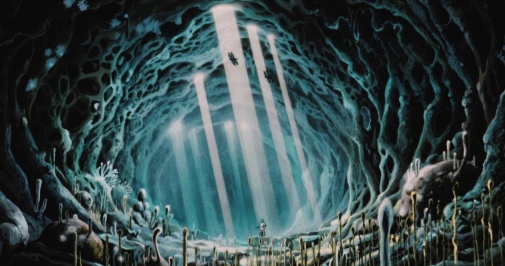 NAUSICAÄ OF THE VALLEY OF THE WIND (1984) is the only Miyazaki film ever screened at Cannes.
NAUSICAÄ OF THE VALLEY OF THE WIND (1984) is the only Miyazaki film ever screened at Cannes.
In 1997, to mark the occasion of its 50th edition, the Cannes Film Festival awarded a special Palme des Palmes to Ingmar Bergman. Afterward, and since 2002, it has also attributed the Honorary Palme d'Or to film artists in honor of their esteemed careers. Until now, the prize has gone to directors, producers and actors such as Catherine Deneuve, Manoel de Oliveira, and Agnès Varda, among many others. This year, however, the festival will award its first Palme d'Or to animated cinema and a group rather than an individual. The honoree is Studio Ghibli, cofounded by Hayao Miyazaki, Toshio Suzuki, and the dear departed Isao Takahata. This comes after The Boy and the Heron won the studio its second Oscar and breaks with American dominance over these Honorary awards in the past few years.
It's a joyous occasion but it's also imbued with a fair amount of sorrow…
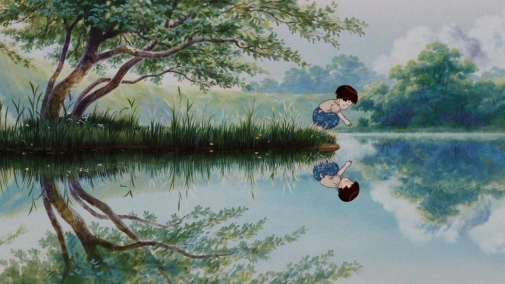 GRAVE OF THE FIREFLIES (1988) Isao Takahata
GRAVE OF THE FIREFLIES (1988) Isao Takahata
In my Hayao Miyazaki ranking, I explored some of the historical context surrounding the birth of Studio Ghibli in the aftermath of Nausicaä's success – still the only Miyazaki feature to screen at the Croisette – but there's more to it than just one man's filmography. Indeed, it's impossible to imagine Ghibli without Isao Takahata's contributions, his artistic sensibility and protracted productions. Watching documentaries and reading interviews, one comes to grips with the tensions between the co-founders, relationships forged in friendship and artistic ambition but continually tested by contrasting philosophies, workflows, etc.
The auteur behind Ghibli's two Oscar winners wouldn't have had the same career without Takahata's involvement. For example, many of Miyazaki's 70s projects came in the form of collaborations with the other animator. But let's not consider one artist in relation to the other, for there's much to appreciate in the slightly lesser-known director's glorious filmography. His first Ghibli project as director and writer was Grave of the Fireflies, after all, a masterpiece of such power merely bringing up an isolated still or the notes of its main theme can reduce many cinephiles to a puddle of tears. One of the most harrowing anti-war pictures ever made, it's a miracle of cinema in every regard.
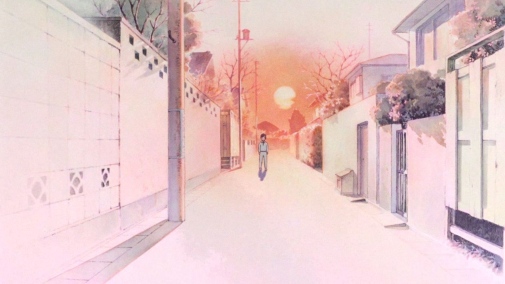 ONLY YESTERDAY (1991) Isao Takahata
ONLY YESTERDAY (1991) Isao Takahata
And he didn't stop there. More than many of his Ghibli colleagues, Takahata was eager to experiment with the medium's plasticity within his feature projects, creating such visions as the fading memories of Only Yesterday through blank space and diffuse backgrounds. His Pom Poko is an environmentalist epic that brings Japanese folklore to the forefront, while My Neighbors the Yamadas challenges our preconceptions of what a Studio Ghibli movie should look like. I'd go as far as saying there are few films out there with an aesthetic and technique even comparable to the comic strip cum doodle register of that 1999 comedy.
His final film as a director was The Tale of the Princess Kaguya, an endeavor he'd been carrying around for years, perchance decades, until it finally came into being in 2013, parallel to Miyazaki's production of The Wind Rises. It's notably the only official Studio Ghibli production to screen at Cannes, though it did so outside the principal program, in the parallel Directors' Fortnight. Once again, the limits of animation were stretched and challenged by Takahata, conceiving a marvel that moves like a flurry of calligraphy sketches and watercolor paintings given a breath of life. It's a moving affair as well, drawing lacerating emotions from a frame that combines the best of traditional animation with the possibilities afforded by digital. Had he lived longer, one wonders what more innovative experiments Takahata would have devised.
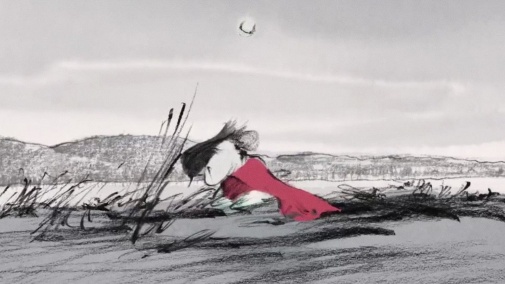 THE TALE OF THE PRINCESS KAGUYA (2013) Isao Takahata
THE TALE OF THE PRINCESS KAGUYA (2013) Isao Takahata
Sadly, he passed in 2018 from lung cancer, a loss that reverberates through Miyazaki's The Boy and the Heron in various ways. But he's not the only one of Ghibli's artists to have left us. In the past decade, many of the studio's older generations have either retired or died, pulling a shroud of mourning over the kingdom of dreams and madness. As things stand, it's hard to imagine Ghibli enduring as a working film studio after Miyazaki and Suzuki are no longer with us. Like the Granduncle's creation, it's a beautiful thing that feels bound to ruin. In that sense, Cannes is right to honor them now, even if they come too late for one of the original founders.
But of course, the honorees may not share my fatalistic readings, and hope prevails. In a statement following the festival's announcement, Toshio Suzuki said:
I am truly honored and delighted that the studio is awarded the Honorary Palme d'Or. I would like to thank the Festival de Cannes from the bottom of my heart. Forty years ago, Hayao Miyazaki, Isao Takahata and I established Studio Ghibli with the desire to bring high-level, high-quality animation to children and adults of all ages. Today, our films are watched by people all over the world, and many visitors come to the Ghibli Museum, Mitaka, and Ghibli Park to experience the world of our films for themselves. We have truly come a long way for Studio Ghibli to become such a big organization. Although Miyazaki and I have aged considerably, I am sure that Studio Ghibli will continue to take on new challenges, led by the staff who will carry on the spirit of the company. It would be my greatest pleasure if you look forward to what's next.
Following Suzuki's words, that's what I'll do – look forward to what's next.
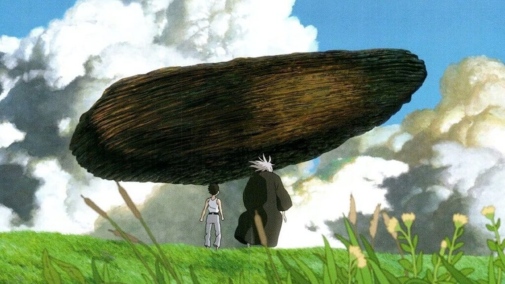
What about you? What's on your mind after this Palme d'Or news?